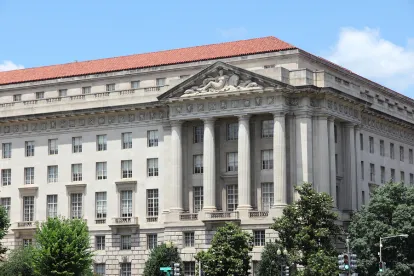On January 23, EPA Administrator Wheeler announced the final rulemaking for the revised definition of “Waters of the United States,” a key phrase in the Clean Water Act that delineates the extent of federal jurisdiction over activities subject to the Act. The Administration has sought to revise the definition of “WOTUS,” which has long been the subject of debate, controversy, litigation, and inconsistent application. The prior Administration’s rule significantly expanded the scope of WOTUS and never went into effect nationwide due to litigation. The new revised definition of WOTUS, titled the “Navigable Waters Protection Rule,” implements a categorical approach to Clean Water Act jurisdiction that recognizes the significance of hydrology while it also preserves meaningful legal categories and the role of states in protecting other types of waters (like groundwater).
The Rule’s categorical approach will regulate four types of waterbodies: territorial seas and waters used (or formerly or possibly used) in interstate or foreign commerce; tributaries; lakes, ponds, and impoundments of jurisdictional waters; and adjacent wetlands. The rule also specifically excludes 12 categories of waters, waterways, or manmade features dealing with water like waste treatment facilities. The rule supports these categories with a number of important definitions that further clarify whether a given waterbody is jurisdictional. For clients already familiar with the proposed rule, the final rule retains much of the proposed rule’s approach but provides additional clarity in a number of areas, including the duration and geographic scope of the “typical year” rolling 30-year period which is relevant to assessing whether a particular water is jurisdictional. The final rule maintains the proposal that ephemeral waters are not subject to the Clean Water Act. The final rule also explains that ditches are not jurisdictional unless the ditch meets the definition of a tributary. Further, ephemeral waterbodies that connect downstream jurisdictional waterbodies with upstream waterbodies will not break jurisdiction to that upstream waterbody when the ephemeral feature maintains a channelized surface connection between the two bodies in a typical year.
A copy of the prepublication rule may be found here. The rule will take effect 60 days after its promulgation in the Federal Register.





 />i
/>i
